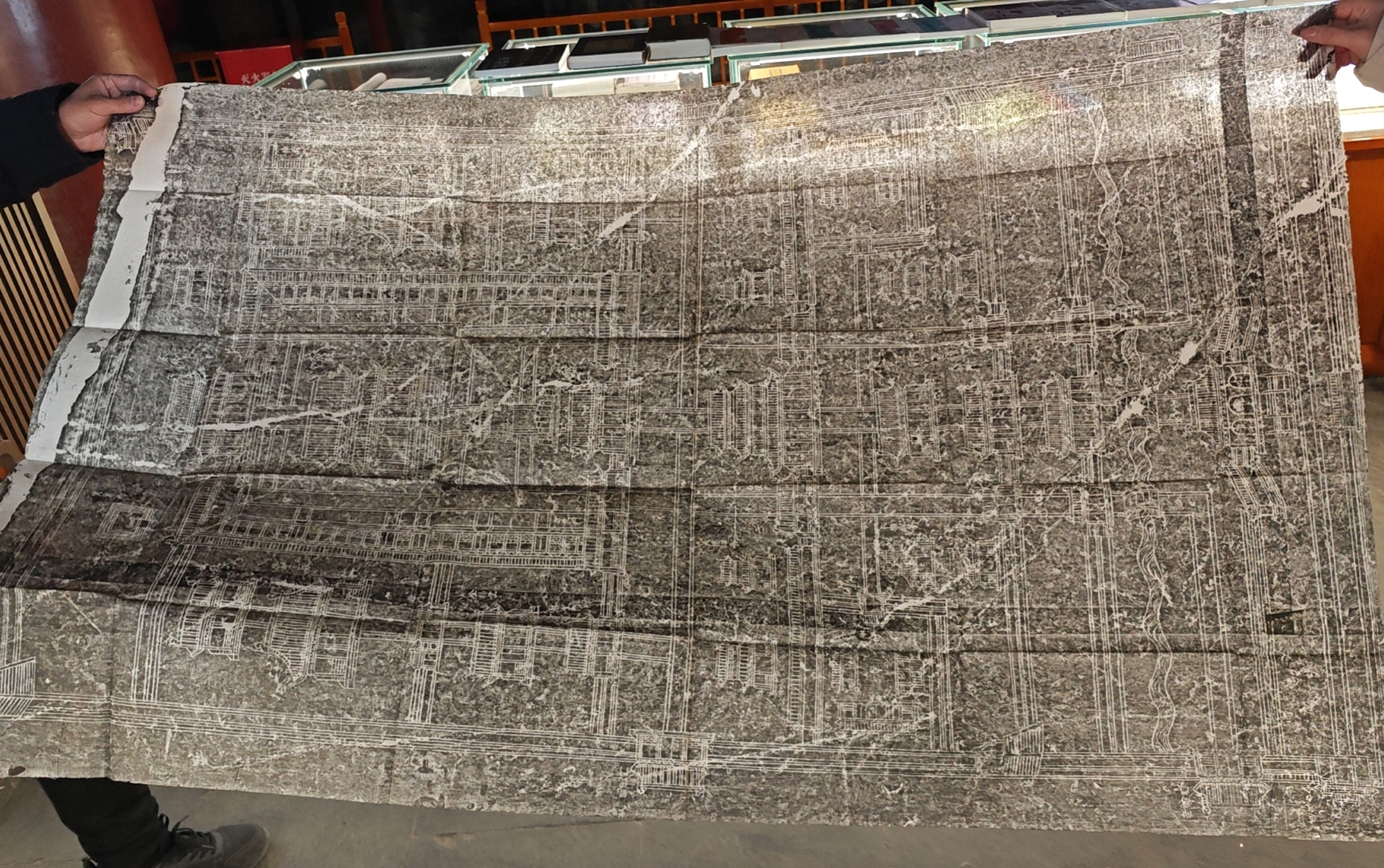Yifu Liu
“Working with old masters has shown me that art across time is bound by the same human questions—life, death, love, spirituality, and our place in nature.Working with old masters has shown me that art across time is bound by the same human questions—life, death, love, spirituality, and our place in nature.”
— Yifu Liu
Yifu Liu is an art historian and curator whose work investigates the artistic and intellectual exchanges that connected Europe and China during the eighteenth century. As the 2024–26 Anne L. Poulet Curatorial Fellow at The Frick Collection, Liu examines how transnational networks of trade, religion, and curiosity shaped the visual cultures of early modernity. His scholarship focuses on the circulation of images, objects, and ideas across imperial boundaries, revealing how the decorative arts and scientific illustration became vehicles for cultural translation and negotiation.
Trained as both a historian and curator, Liu approaches art as a form of knowledge production that reflects the aspirations, hierarchies, and anxieties of its time. His ongoing doctoral research at Princeton University’s Department of Art and Archaeology centers on the eighteenth-century Jesuit missions in China, where artists, scholars, and court officials collaboratively redefined the relationship between artistic practice and global exchange. His dissertation explores how Jesuit draftsmen and Chinese court painters at the imperial workshops in Beijing reinterpreted European techniques of perspective, anatomy, and cartography within Chinese artistic systems. This project not only sheds light on how images moved between Europe and Asia but also considers the epistemological consequences of such encounters: how vision itself was reshaped through contact.
At The Frick Collection, Liu brings this cross-cultural framework to bear on the European decorative arts, situating them within the wider circuits of empire and commerce that sustained their production. He is co-organizing the 2026 exhibition Ruffles and Ribbons: Fashion Plates from the Time of Marie Antoinette, which reexamines eighteenth-century French fashion imagery through global exchange. The exhibition traces how motifs, materials, and fantasies from the Ottoman Empire, India, China, and the Caribbean entered the visual vocabulary of luxury, turning fashion into a mirror of the world’s interconnected economies and desires. For Asia Week 2026, Liu is also leading research on Chinese porcelain in the Frick’s collection, investigating how European patrons collected, imitated, and hybridized Chinese forms and motifs in the pursuit of refinement.
Liu’s curatorial practice seeks to bridge the material study of objects with intellectual history, showing how artifacts serve as active participants in global narratives. He is particularly interested in the intersections of art, science, and faith—how artistic representation in the eighteenth century was inseparable from the moral and spiritual frameworks of its makers and viewers. His approach often brings together archival research, object study, and contemporary theory, combining close material analysis with broader philosophical questions about vision, authenticity, and cultural translation.
Prior to joining the Frick, Liu held positions at the Morgan Library & Museum, the Brooklyn Museum, and the Princeton University Art Museum, where he contributed to exhibitions and research projects on early modern drawing, cross-cultural ornament, and the history of collecting. He was previously a Fellow at the Ricci Institute for Chinese-Western Cultural History, where he studied the Jesuit transmission of artistic knowledge and natural philosophy between Beijing, Rome, and Paris. Liu has also collaborated with institutions in China, where his research contributes to new dialogues between museum collections and global art histories.
In parallel with his historical scholarship, Liu is also engaged in curating contemporary art, working with artists whose practices revisit questions of cultural identity, translation, and temporality. Recent projects include exhibitions featuring NISKY and Szelit Cheung, both of whom navigate the legacies of colonial encounter and the afterlives of craft. Through these projects, Liu seeks to build bridges between past and present, suggesting that historical art and contemporary practice share a common pursuit: the search for meaning across cultural thresholds.
For Liu, curating is a form of historical storytelling that connects the personal to the planetary. His work foregrounds how art objects embody the forces of exchange, desire, and imagination that have long shaped global modernity. “Working with old masters has shown me,” he notes, “that art across time is bound by the same human questions—life, death, love, spirituality, and our place in nature.”
By repositioning eighteenth-century European art within its global contexts, Liu’s research expands the field of art history beyond geography and style, emphasizing instead the movement of knowledge and emotion across distance. His projects at The Frick reflect an ongoing effort to reframe the museum as a space of encounter—a place where the stories of art are not merely inherited but continuously rewritten through new ways of seeing.

The Frick Tour with the Palace Museum Deputy Director

Research for the upcoming exhibition of Ruffles and Ribbons: Fashion Plates from the Time of Marie Antoinette at the Frick Collection in 2026.

The Frick Gallery Talk

Curated by Liu, the exhibition highlights artist NISKY’s exploration of the symbiosis between Eastern and Western artistic traditions.

Examining the overlooked influence of Chinese stone rubbings on European depictions of China.



Liu's research focuses on highlighting the role of Chinese antiquarian studies of ancient bronzes in the production of porcelain in both China and Europe in the 18th century.

Interview with Lizzie Gill at Hesse Flatow Gallery


